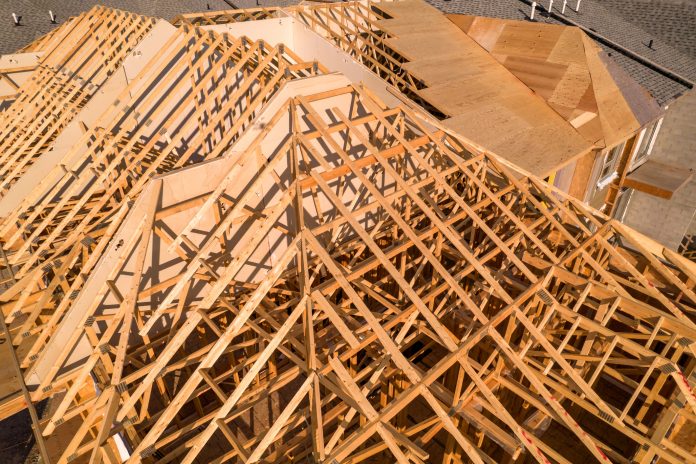By Richard Lyall
RESCON
It’s often said that the definition of insanity is doing the same thing over and over again and expecting a different result.
When it comes to our housing supply and affordability crisis then, we must look at bold, new approaches and solutions. Otherwise, the outcome will be the same.
The challenge facing Ontario – and the rest of Canada for that matter – is daunting. But it’s clear that the same old will not suffice. The unaffordability of housing, whether it be ownership or rental, is massive and steadily growing. The average person working in Toronto, for example, often cannot afford accommodation in the city, so they’re forced to leave and look for housing elsewhere.
This has to change. We must build more housing, more quickly, and on a scale not seen since the 1960s and 1970s.
The government of Ontario pledged in 2022 to build 1.5 million new homes across the province within 10 years. Other modeling indicates we really need up to 1.85 million homes in Ontario to reach affordability. Sadly, many municipalities have already fallen far behind the pace needed to reach the goal.
Canada Mortgage and Housing Corp. recently compared stats on new home construction against the provincial target for each city. Among Ontario’s largest cities, Toronto leads the way, with new home starts since January 2022 running at about 90 per cent of the pace needed to reach the goal of 285,000 new homes in 10 years.
Some municipalities lagging
However, most other large cities such as Ottawa, Hamilton, London, Kitchener and Markham are at roughly 50 to 65 per cent of the target pace. Mississauga and Brampton are at 29 and 23 per cent, respectively. The two Peel Region cities would need to roughly quadruple the rate of new construction to get on track.
Economists are ringing the alarm bells. Geoffrey Kwan, an analyst at RBC Capital, indicated in a report that fixing housing affordability, particularly in Toronto and Vancouver, is likely past the point of no return.
Wartime effort
This is worrisome and indicative of why a wartime-scale effort is needed on the housing supply crisis.
The Ontario government and Housing Minister Steve Clark have stepped up to the plate with legislation and strong mayor powers to move the needle. Labour, Immigration, Training and Skills Development Minister Monte McNaughton has also introduced measures to bring more people into the trades.
It is now time for municipalities and the federal government to take concerted action to boost housing. Newly minted Housing, Infrastructure and Communities Minister Sean Fraser has indicated he will work with the development community to grow the number of people entering the trades. However, he should also take a long, hard look at the amount of money the feds collect in housing taxes and compare it to how much is returned for public infrastructure to support housing.
Row in the same direction
The Canadian Centre for Economic Analysis noted in a report that taxes, fees and levies on a new house or condo now account for 31 per cent of the cost. The biggest beneficiary of the taxes is the feds, which get 39 per cent of the loot while only returning 7.1 per cent in infrastructure investment.
That’s not fair at all.
Meanwhile, if you’re buying a $1-million home, $310,000 goes to taxes, fees and levies. Development charges on a two-bedroom condo in Toronto a decade ago were about $8,000, but today they’re $88,000.
Systemic problems in our development approvals system must also be fixed. We’ve calculated that up to 45 different bodies and agencies can be involved in the decision-making process on a new project. Conversely, Singapore, one of the most advanced jurisdictions for building approvals, has up to 12 government bodies and agencies involved. Complexity in the system only lengthens timelines.
We need a development approvals system that is streamlined and digitized in order to achieve speedier builds. To catch up, we must also focus on offsite construction, modular housing and panelized housing.
The good news is that all levels of government have acknowledged there is a housing crisis and discussion is heating up around the issue. We just need all governments to start rowing in the same direction.

Richard Lyall is president of the Residential Construction Council of Ontario (RESCON). He has represented the building industry in Ontario since 1991. media@rescon.com. rescon.com












